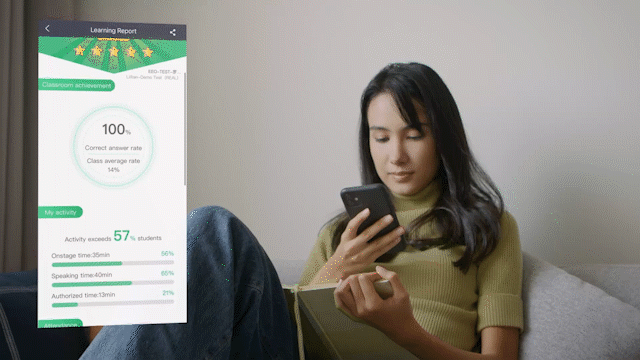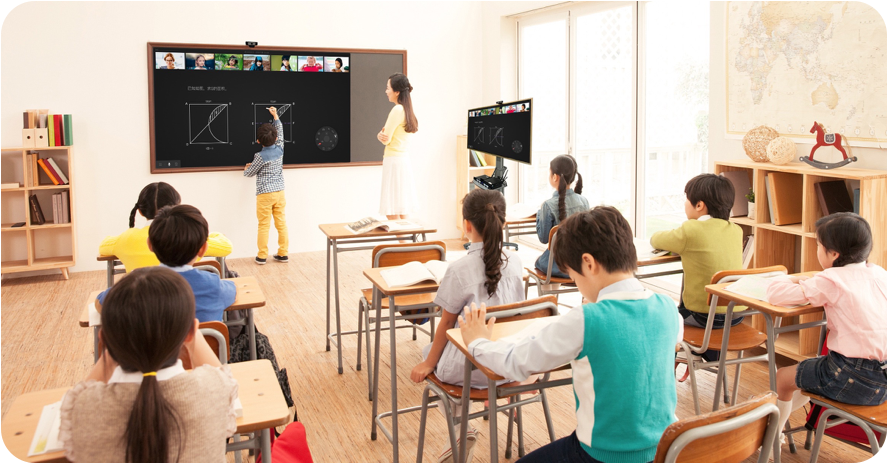
Education scholars identified “a growing awareness of the necessity to change and improve the preparation of students for productive functioning in the continually changing and highly demanding environment”. With an inclusive and dynamic vision, lifelong learning equips students with the skillset to constantly acquire new information amid rapid changes.
“Even for the best educators,” Thomas Arnett confessed, “meeting every student’s needs can prove elusive.” In conventional schooling, a rigid system of teacher-led, whole-class instruction is carried out to keep all students in order with limited regard to individual learning journeys. As a result, many fail to meet their set goals and become easily discouraged.
So how can educators introduce more adaptability and flexibility in K-12 education for would-be lifelong learners?
Deadlines are a common tool to keep students motivated, but being too rigid often sends students into overwhelming anxieties. Allow some wiggle room in the lesson plan to give students a total number of grace days that they can navigate the class at their own pace.
Accessibility of learning materials is vital when it comes to costs, storage, disability accommodations, and more. With a cloud-based management system, teachers can make readily accessible course materials available at all times to encourage flexible learning pathways. In addition, get to know the class ahead of time and work with on-campus disability center to implement inclusive teaching strategies.

Classrooms should not be constructed as sectioned-off spaces to keep students until the bell. Instead, we need to design these spaces as opportunities to promote interaction and cooperation. For example, we can use moving seats and even movable walls to create breakout space for group work. Another famous K-12 school design trend is the use of blended learning spaces. Rather than building separate spaces for students who need extra support or resources, we incorporate these needs into every room!
“Taking the time to get to know your students and for them to know each other will make for a better learning environment, enhance student belonging, and lower the barrier for students to come to you when they may need to ask for more flexibility,” according to Yale Poorvu Center for Teaching and Learning. The center advocates for such activities as writing exercises or short discussions to mediate stressful moments as well as to build a community with shared affection and atmosphere.
To be lifelong learners in the 21st century, students must be able to exhibit a range of independent learning and critical thinking skills related to information, media and technology. One way to blend technology with lifelong learning is through the use of edtech tools. For example, ClassIn, an online and hybrid learning solution, provides a platform for learners to learn independently, think creatively, and act cooperatively.

Map Academy is a free, charter public high school open to all Massachusetts students up to age 24. It holds the belief that every student can succeed though some may take some detours along the way towards success, “putting students at the center of their own learning journeys.”
Students choose Map Academy for a number of reasons, but often as a result of insurmountable barriers in other schools. Map provides a new start for young dropouts or exiles to continue their plans and goals in K-12 education.
Map Academy allows students’ learning experience to flow within the space and outside the walls in flexible ways. Its model is founded on four key principles:
Competency-Based – Students master skills or knowledge before moving on
Highly-Supportive – Students get what they need to succeed
Flexible Pathways – No one path to success looks the same
Career Development – Students are ready for life after high school
In this way, students are involved in their own learning and already live in the real world, making education relevant, engaging and meaningful and preparing for lifelong learning after high school. At Map Academy, “I get to experiment on what I want,” commented Virginia, a beneficiary of Map. “It opens my mind and challenges me more. . . . It helps me find myself as a person in a way too.”
Lakeville Schools in Lakeville, Minn., serving 10,800 students, have gained tremendous value in long-term planning with flexible designs. Designed to meet current and future needs, Lakeville schools accommodate seamless additions and renovations along with demographic shifts, programming changes and technology.
Lakeville schools implement seven strategies to ensure their flexibility in support of the educational programming of future generations. The strategies include collaborating during design, designing with change in mind, designing for the greater community, investing in quality materials, considering expansion, assuming technology will change, and considering the future of energy.
“Discussing proactive consideration and implementation of these strategies into a school’s design will facilitate future adaptability,” Vaughn Dierks of Wold Architects & Engineers, a partner of Lakeville for 25 years, observed.